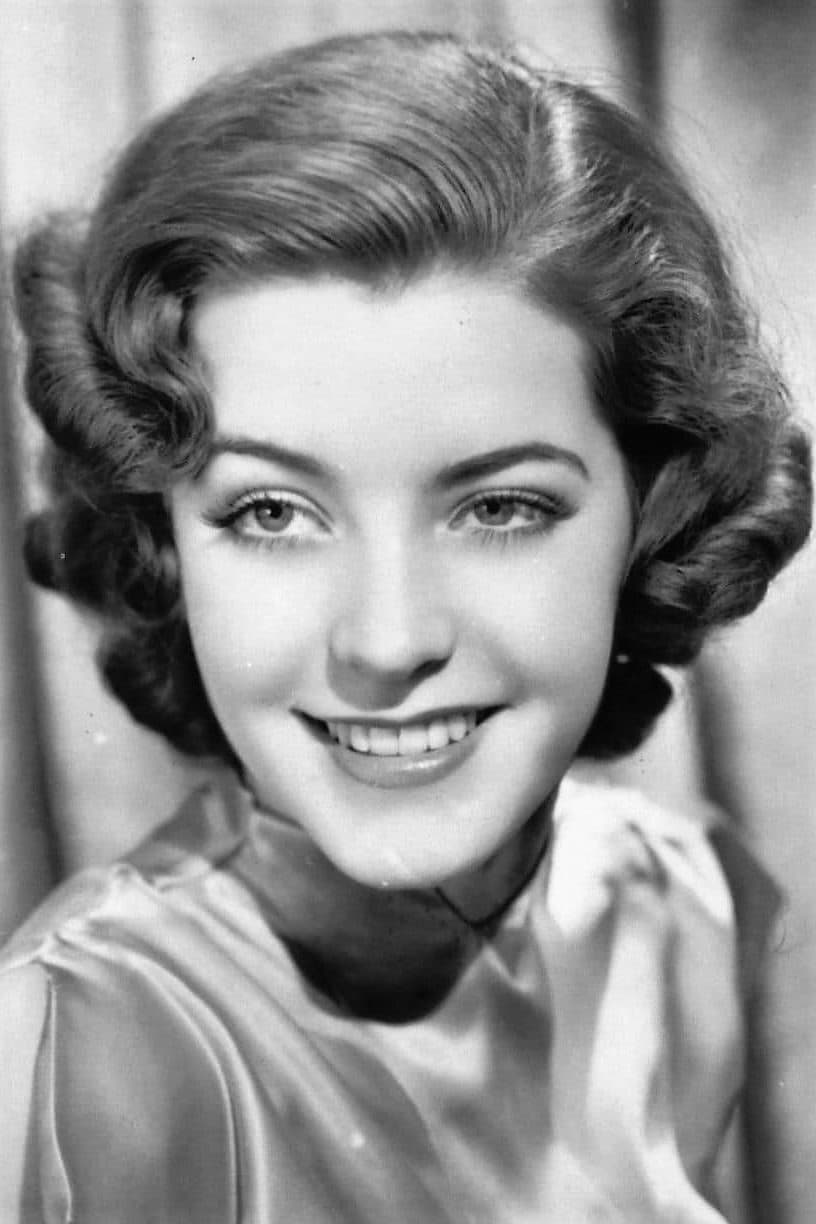Post by Geoffrey Niles Crittenwell on Jan 8, 2023 4:29:10 GMT
If a precocious kid, good at spinning a tale but not yet entirely wise in the ways of the world, were to write a screenplay about a nice girl and a hardworking regular guy falling into the clutches of a dapper smooth-talker with evil on his mind, the result might look a lot like Passport to Shame. Entertaining, but stupid.

I should add, good looking. Cinematographer Jack Asher, who shot many of Hammer's color horror movies, works here in monochrome and his lighting is very pleasing to the eye, even if it doesn't always make good sense on the set. He seems to put the light for any given shot wherever he wants it, shadows and function be damned. He serves us lots of glowing hair light and vignette framing, which give the wide shots a theatrical feel and the close-ups some glamour. With good-looking actors in front of his camera like the Savile Row-attired Herbert Lom, and the impossibly blonde Diana Dors, who never has a hair out of place - even when having a few out of place is expected - we can't blame him for lighting to flatter.
The movie opens with a nick of DeMille's old fade, an introduction by an authoritative figure addressing the viewer directly, speaking in solemn tones of a moral scourge plaguing society, then inviting us to take a good long look at it. The topic is sex slavery, and the story is about how one impressively enterprising criminal, who has built a lucrative concern that includes a block-long five story brothel with at least 43 rooms - and we can assume as many girls - lures and captivates the unfortunate ladies who make up his stable. Some, we see, have grown complacent with a bad situation, while others seem to have come into it not altogether unwillingly.
Our concern is with two in particular. The hard-boiled Vicki, played by Diana Dors, about whom we learn more as the plot unfolds, and the innocent Malou, played by Odile Versois, who by way of an incredibly unfair series of events, finds herself in a living nightmare. (We even get a choreographed, gonja-induced hallucination, not quite Daliesque but trippy enough to note.) Through Vicki and Malou we learn what cruel depths the suave villain Nick Biaggi, played by Lom, has and will again sink to keep the girls under control.
Our hero is Johnny McVey, a cab driver, played by Los Angeles-born Eddie Constantine in his first English language movie. Johnny has hopes of being his own boss one day, and in working toward that goal he invests in a new taxi, which sets in motion his own series of events that put him into the path of who he believes is the trustworthy Biaggi. Soon Johnny's friend and fellow cabbie Mike warns him about who he's really dealing with, and this leads to what I found to be a very touching scene between a judgemental Johnny and the misunderstood Malou, for whom I felt, watching her face as she comes to understand what Johnny assumes her to be, genuine sympathy.
Johnny will of course come to see everyone for what they are and, as a man in love, he is willing to fight for his lady and her honor. For aid he will call on Mike and his fellow cabbies, and what a swell bunch of guys they are, willing to drop everything and risk blood, even if it isn't apparent they've been told exactly why.
As it all unfolds we see the streets and buildings of 1950's London, Biaggi's sleek new Aston Martin DB Mark III, and just enough Diana to keep us watching. Look carefully for a curly-topped groom played by Michael Caine, and, if you know what she looks like, Jackie Collins is said to be somewhere in there, too.
Passport to Shame is contrived and not nearly as sin-sational as it promises, but it has Eddie Constantine speaking English and Diana Dors in not only stylish bad girl dresses but a lace teddy. And, typical for London

her hair is perfect.

